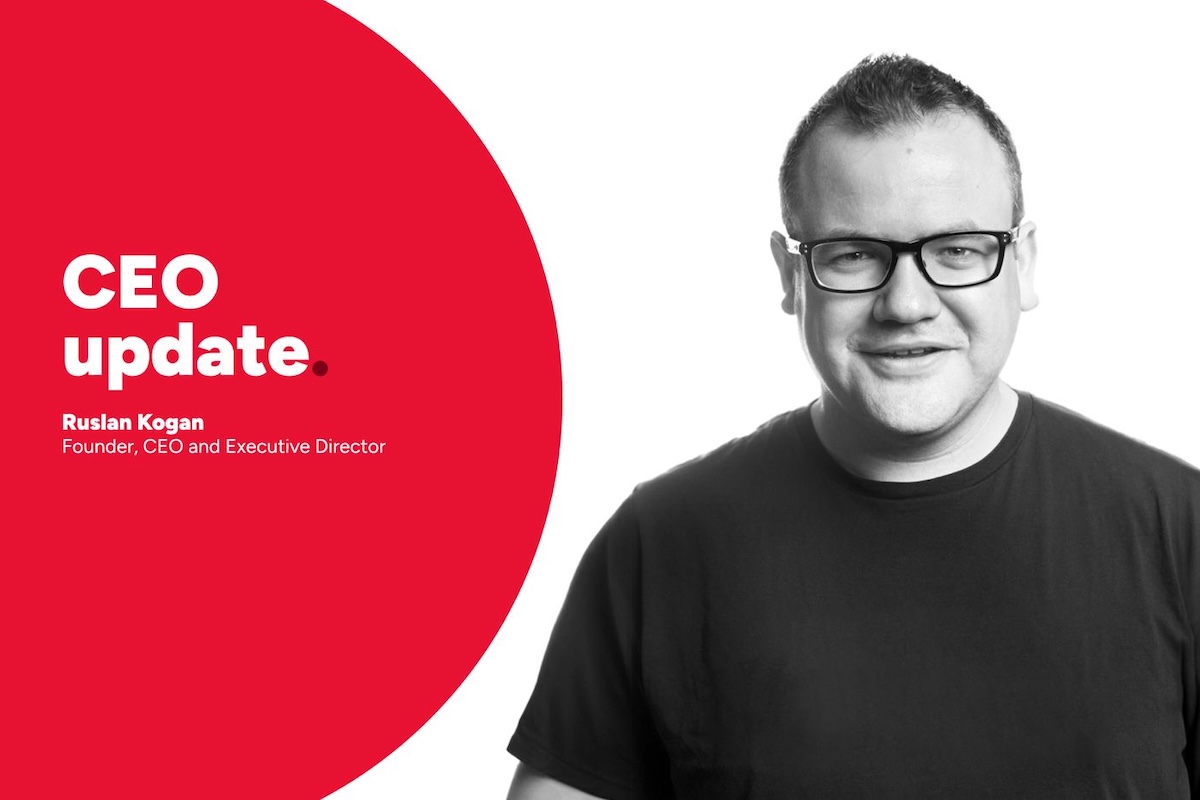

If you're an investor, market watcher or just someone who likes to hear from a business leader, you know how results calls normally go. The CEO and CFO will speak on their performance. But instead of pacing his office and rehearsing his lines yesterday before the call queues opened, tech retailer Ruslan Kogan was kicking back.
Kogan.com has gone from scraping through with a tiny $100,000 profit last year to a hefty $39.5 million loss this year. Management points the finger at a $46 million write-down on its Mighty Ape purchase, but in reality that just confirms what many already suspected — the 2020 buy was too expensive and hasn’t delivered. Even after adjusting for one-offs, Kogan only made $14.9 million in profit, a small return for a company moving almost $1 billion worth of goods.
The headline numbers look healthy — gross sales jumped 15% to $930.9 million — but the money Kogan actually booked as revenue only rose 6.2% to $488.1 million. Much of the growth is coming from marketplace sales where Kogan acts as middleman rather than making full margin. The company also spent heavily to grow its customer base, with active users climbing 35% to 3.5 million but marketing costs ballooning nearly 40% to $66.9 million. That’s a big bill for winning new customers, and it’s not clear yet if they’ll pay off.
Under the surface, the business model still looks shaky. The core product division lost money, while the higher-margin platform business brought in $111.9 million but remains less than a quarter of overall revenue. Mighty Ape remains a headache, with sales and revenue both falling as the brand continues to struggle nearly five years after being acquired.
There are some positives. Kogan generated $32.4 million in free cash flow, up 40% year on year, and ended FY25 with $42.1 million in cash and no debt. But guidance for next year — aiming for profit margins of 6–9% — feels more like a wish than a guarantee. And the latest trading update, showing strong sales growth but only a small lift in revenue, suggests the company is still chasing volume without turning it into meaningful profit.
You'd think a loss of $40 million is something you'd want to calm shareholders about. But the eponymous Kogan instead decided to deliver his results via a bot that just sounded like him.
He posted to Twitter after the results:
In our $KGN earnings call today, it sounded like it's [David Shafer, Kogan CFO/COO] and I presenting but it wasn't. Our voices were AI generated and read the script.
We uploaded several hours of our prior talks to train our voice model and the results were pretty incredible. This saved us a few hours preparation - valuable time we could spend working on other areas of the business.
This is an example of the many one percenters across our business where AI is making us more efficient and helping the team be more productive. Our marketing team uses it to improve our content and make it more enaging.
Our Engineering team uses it to get more context of our entire code base quicker and produce production ready code more rapidly. Our purchasing teams are using it for data and trend analysis to bring the latest products to our customers at even better prices.
The list goes on. While the productivity gains are exciting, what's even more exciting is the pace at which things are changing and the technology is getting better!
Twitter's a pretty unhinged place, but in-between the reaction gifs and the swearing, a few market watchers furrowed their brows at the AI admission.
"I think AI has good uses, but I don't think it is a good use in this context. You are effectively signaling to your valued investors that presenting to them is not worth your time, and you have better things to do," one user wrote.
Another added that while it was good he answered follow-up questions from analysts himself, it's not something he should be bragging about.
Kind of makes you wonder: with all the AI-inspired downsizing going on across Corporate Australia, is there a case to automate the CEO's office?